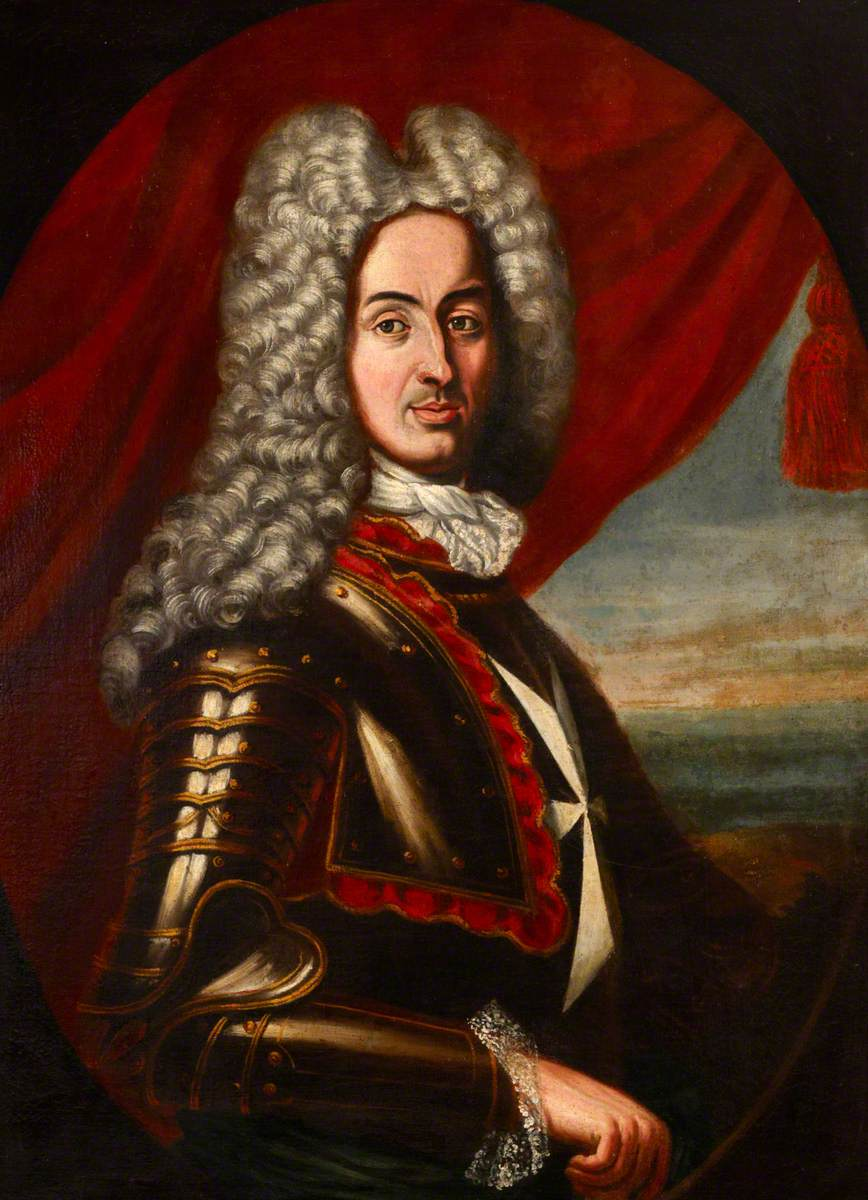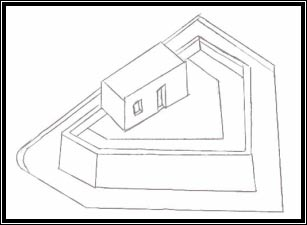Mellieha © All Rights Reserved
Coastal redoubts
Coastal redoubts are the second category of coastal defences built in the early 18th century. The most numerous types of fortifications of this period were the coastal batteries, which were generally built in vulnerable bays opposite each other and armed with cannons. On the other hand coastal redoubts were built in the middle of the bay in order not to let enemy forces disembark their troops ashore.
They operated as an infantry defensible stronghold to resist enemy troops. The idea of building this type of fortification was brilliant because if enemy soldiers were able to disembark their soldiers, they would overwhelm these fortifications quickly. The reason was because in the middle of the bay there was not fortification. But with the introduction of the coastal redoubt the situation was different because all the vulnerable points of the bay were defended by these coastal fortifications. 1


The country
The country which put forward this idea of building coastal redoubts wasFrance. Like the coastal batteries, they built a large number of coastal redoubts around their empire, especially at Quebec. This ex-French colony has much literature about its history, including also on its fortifications. In time of crises like that of the Seven Years War, the French administration built a number of coastal batteries and redoubts and they succeeded in repulsing the British invasion, although the city fell later. I like to emphasise as I had done in my article about the coastal defences of mellieha during the 18th century (for Maltese readers they can see my article Fortifikazzjonijiet fil-Mellieha tas-seklu tmintax: batteriji, ridotti u truncieri: Xebh bejn is-sistema ta difiza li nbniet Malta, ma dawk li nbnew fl-imperu Franciz matul dan iz-zmien in Imperial Band Club Mellieha Festa tal-Vitorja 2005) about the similar function that these fortifications had. Those built in the French colony succeeded in repulsing the invader while those built in Malta did not. 2
There were at least three different models of coastal redoubts. Those built in the village of Mellieha had a pentagonal platforms surrounded by low parapets and had a blockhouse at the rear of the structure. The majority of them were not armed with artillery and acted as defensive strongholds. The size too did not permit the use of artillery. The only coastal redoubt in Mellieha that was armed with artillery was the one built in the middle of Mellieha Bay which was armed with four 6-pdrs. Five out of eleven coastal redoubts were built in the village of Mellieha. This confirms the importance of the village in the Hospitallers’ military strategy. 3
There were two other types of coastal redoubts. The third category, which was not built in the Mellieha village, was similar to the French ones built in their colonies. This consisted of a structure similar to a tower and fitted with musketry loopholes in all the four walls. 3
References:
1 Stephen Spiteri. Fortresses of the Cross: Hospitaller Military Architecture (1136-1798), A Heritage Interpretation Services Publication, Malta, 1994, p 539.
2 Charles Debono. “Fortifikazzjonijiet fil-Mellieħa tas-seklu tmintax: batteriji, ridotti u truncieri: Xebh bejn is-sistema ta difiża li nbniet Malta, ma dawk li nbnew fl-imperu Franciż matul dan iż-żmien”, Joseph Bartolo, Anthony Borg, John B. Gauci, Carmen Schembri, Anthony Schembri (eds), Imperial Band Club Mellieha Festa tal-Vitorja 2005, pp 110-111.
3 Spiteri, op cit, p 539.
4 Ibid, p 540.
Researched and Written by: Charles Debono B.A.(Hons) History